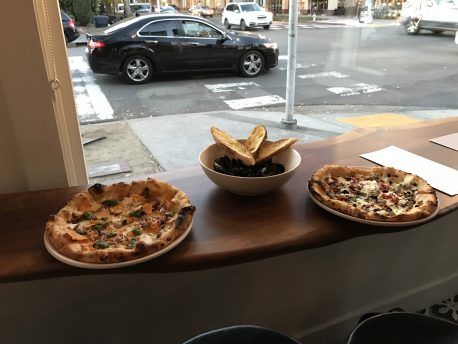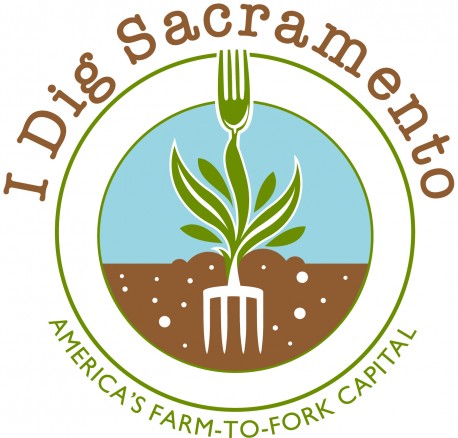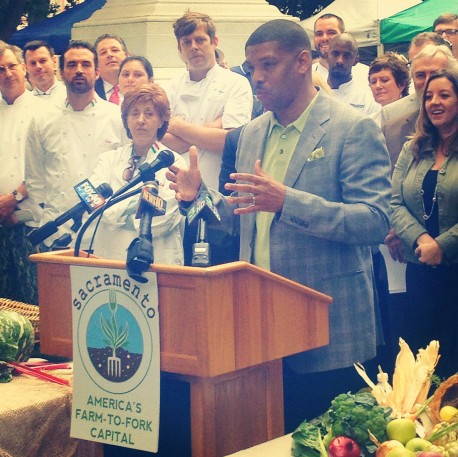
If you’ve done any exploring in Sacramento’s picturesque Midtown, we can pretty much guarantee that you’ve spotted the California bistro Paragary’s. Nestled on the corner of 28th and N, you’ll enter a warm and inviting space filled with a staff that has an attention for detail. The restaurant has been a staple of the Sacramento food scene since 1983 and re-opened in June 2015 after a remodel.
SacFoodies was given the opportunity to join other Sacramento influencers to taste Paragary’s current seasonal menu of pizzas, cocktails, desserts and so much more. Their menu is designed to showcase the different bounties available in Sacramento at any time of year. So what you’ll enjoy in the winter will be completely different than what you’ll find in the summer.

